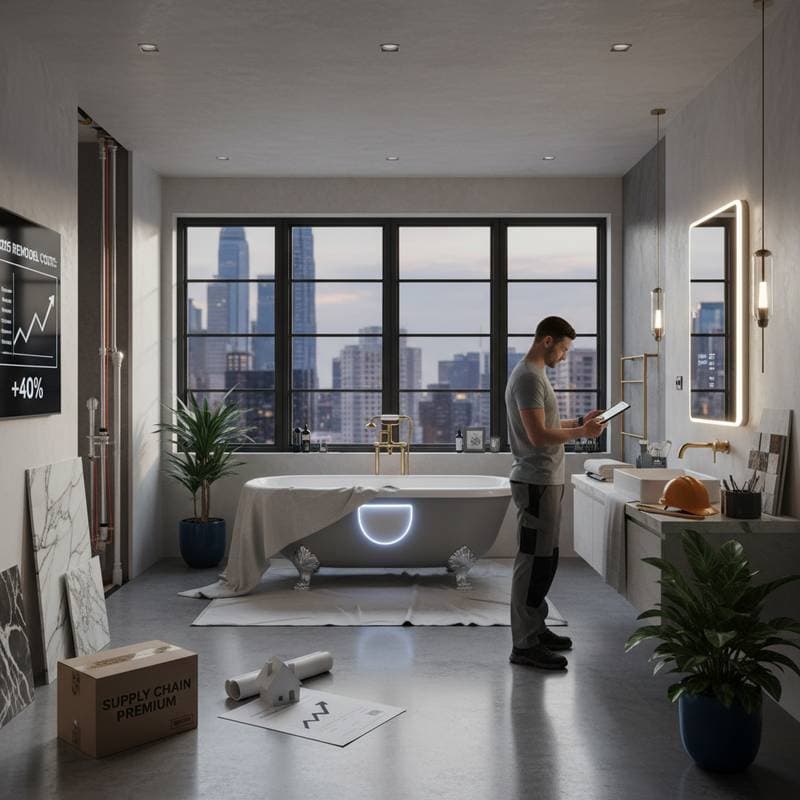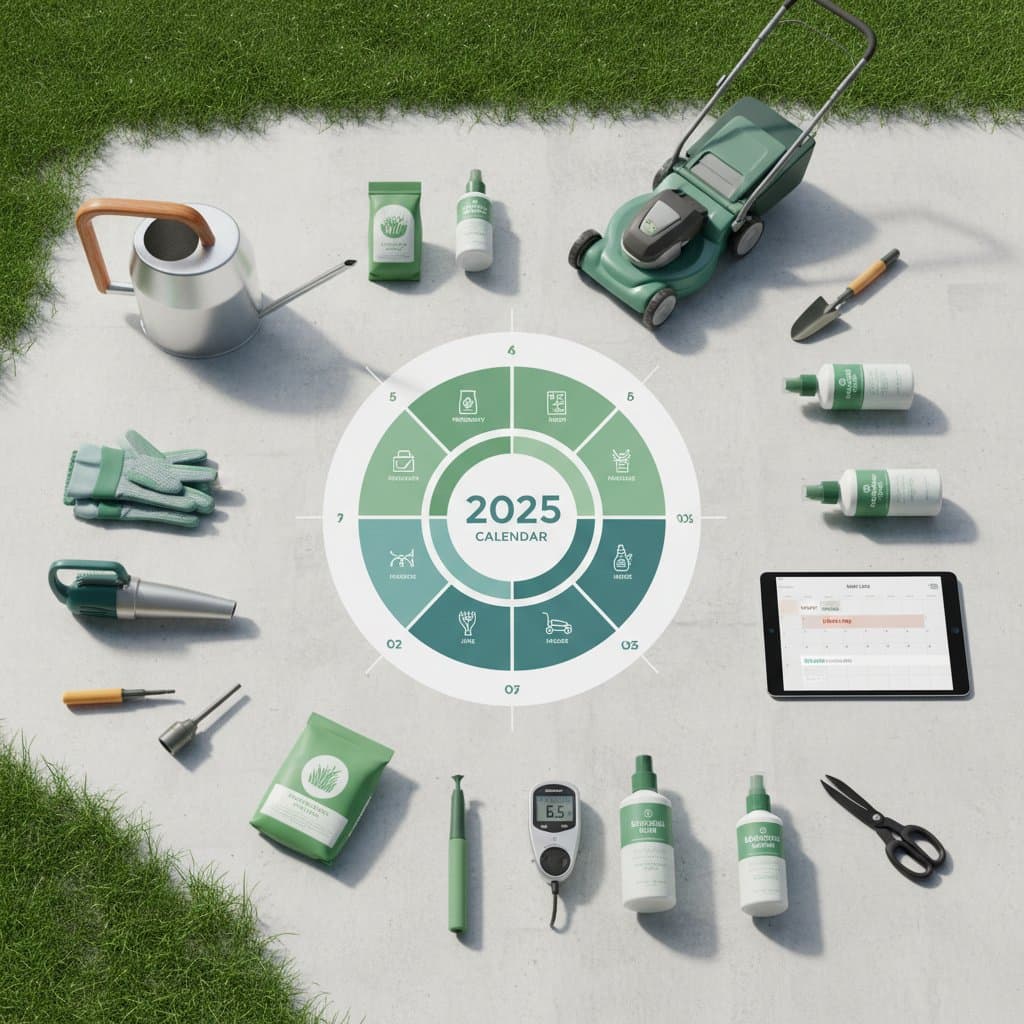2025 Costs: Wet Room vs Traditional Bathroom Remodel
Homeowners planning a bathroom update often weigh two main options: a wet room or a traditional remodel. Both approaches create functional and stylish spaces, yet they differ significantly in costs, installation requirements, and long-term benefits. By examining these elements closely, individuals can determine which option aligns best with their available space, financial constraints, and daily routines.
Defining a Wet Room
A wet room represents a fully waterproofed bathroom design in which the shower area integrates seamlessly at floor level. Without a separate shower tray or enclosure, the entire room manages moisture effectively through specialized construction. This setup delivers a sleek, open aesthetic that suits compact bathrooms or contemporary homes, emphasizing minimalism and fluidity.
Key features include tiled floors with subtle slopes directing water toward a central drain, often paired with non-slip surfaces for safety. Waterproof membranes, such as liquid-applied systems or sheet linings, form the foundation to prevent leaks. Professional installation proves essential, as precise application of sealants and adhesives demands expertise; amateur attempts frequently result in costly water damage, as shared by experienced contractors in online forums.
To implement this design successfully, select materials like large-format porcelain tiles that minimize grout lines and ease cleaning. Integrate linear drains along walls for efficient water flow, and incorporate glass screens if partial separation from other fixtures is desired. Such details ensure the space remains both practical and visually appealing over time.
Essentials of a Traditional Bathroom Remodel
A traditional remodel maintains distinct zones for the shower, bathtub, and vanity, typically using walls, partitions, or glass enclosures to separate wet and dry areas. This configuration excels at containing water within designated spaces and integrates easily with existing plumbing infrastructure. Its enduring popularity stems from versatility and compatibility with a broad range of decor styles.
Homeowners appreciate the flexibility to incorporate diverse finishes, including laminate or wood-look flooring in dry zones, alongside moisture-resistant options like vinyl or ceramic in wet areas. Drywall painted in soft hues or accented with removable wallpaper adds warmth without risking damage from humidity. For those prioritizing a timeless look or enhancing resale potential in conservative markets, this approach offers reliable appeal.
During planning, evaluate fixture placements to optimize traffic flow; for instance, position the vanity near natural light sources. Choose durable elements like acrylic bathtubs or fiberglass showers that balance affordability with longevity. These choices allow customization while keeping the project manageable.
Detailed Cost Comparison
Wet rooms typically demand a higher initial investment due to comprehensive waterproofing and bespoke drainage solutions. In 2025, expect costs for a standard 50-square-foot wet room to range from $15,000 to $25,000, reflecting the 15 to 25 percent premium over traditional setups. Expenses arise from specialized membrane applications, custom floor sloping that requires structural adjustments, and extensive tiling that covers walls and floors uniformly.
Traditional remodels establish a more accessible entry point, often starting at $10,000 to $18,000 for a similar-sized space when leveraging current plumbing. Basic updates with stock fixtures and standard enclosures keep budgets in check, though premium selections like quartz vanities or rainfall showerheads can elevate totals rapidly. Reuse of existing layouts minimizes disruption and labor fees, making this option ideal for moderate renovations.
Regional factors, such as labor rates in urban versus rural areas, further influence pricing; coastal locations may incur additional costs for mold-resistant materials. Always obtain itemized quotes to compare line items like demolition, electrical updates, and finishing touches accurately.
Key Factors Influencing Pricing
Multiple variables shape the overall budget for both wet room and traditional projects. Consider the following elements to refine estimates:
- Room dimensions: Expansive areas demand greater quantities of tiles, membranes, and workforce hours, potentially increasing costs by 20 percent or more per additional square foot.
- Plumbing modifications: Relocating drains or pipes involves excavation and permits, adding $1,500 to $5,000 depending on complexity.
- Material grades: Opt for mid-tier ceramic tiles at $5 to $10 per square foot, or invest in luxury marble exceeding $20 per square foot for enhanced elegance.
- Accessibility integrations: Features like zero-threshold entries or reinforced grab bars necessitate reinforced subfloors, contributing $2,000 to $4,000 extra.
- Installation approach: Professional teams charge $50 to $100 per hour, safeguarding against voids in warranties; DIY efforts risk invalidating insurance and escalating repair bills.
Homeowners frequently overlook the cumulative impact of these decisions, as noted in community discussions where initial savings on materials led to doubled expenses from fixes. Prioritize a detailed scope of work to anticipate hidden fees.
Evaluating Long-Term Value and Upkeep
Wet rooms enhance property appeal for buyers seeking innovative, resort-inspired retreats, potentially increasing home values by 5 to 10 percent in modern markets. Their seamless design simplifies cleaning, with fewer crevices for mold or soap scum to accumulate; a quick hose-down suffices for routine maintenance. However, the open layout may deter families desiring enclosed privacy around fixtures, particularly in multi-user households.
Traditional bathrooms provide a dependable return on investment, aligning with buyer preferences for familiar configurations and facilitating future tweaks like fixture swaps. Confined moisture zones reduce overall humidity risks, lowering annual upkeep to basic tasks such as caulking refreshes every few years. Over time, these spaces adapt readily to evolving needs without major overhauls.
Both options benefit from energy-efficient additions, like low-flow fixtures that cut water bills by up to 30 percent. Assess local trends to gauge which design maximizes equity in your specific neighborhood.
Steps to Protect and Maximize Your Renovation
Select high-performance materials, including silicone-based sealants and exhaust fans rated for continuous use, to fortify durability. Engage licensed professionals by reviewing past projects and securing references; compare at least three detailed proposals to negotiate favorable terms. Develop a phased timeline that accommodates drying periods for waterproof layers, ensuring flawless execution.
Regular inspections post-installation, such as checking for soft spots in floors or condensation buildup, prevent minor issues from escalating. These proactive measures transform your bathroom into a resilient asset that elevates daily comfort and sustains property worth for decades.





